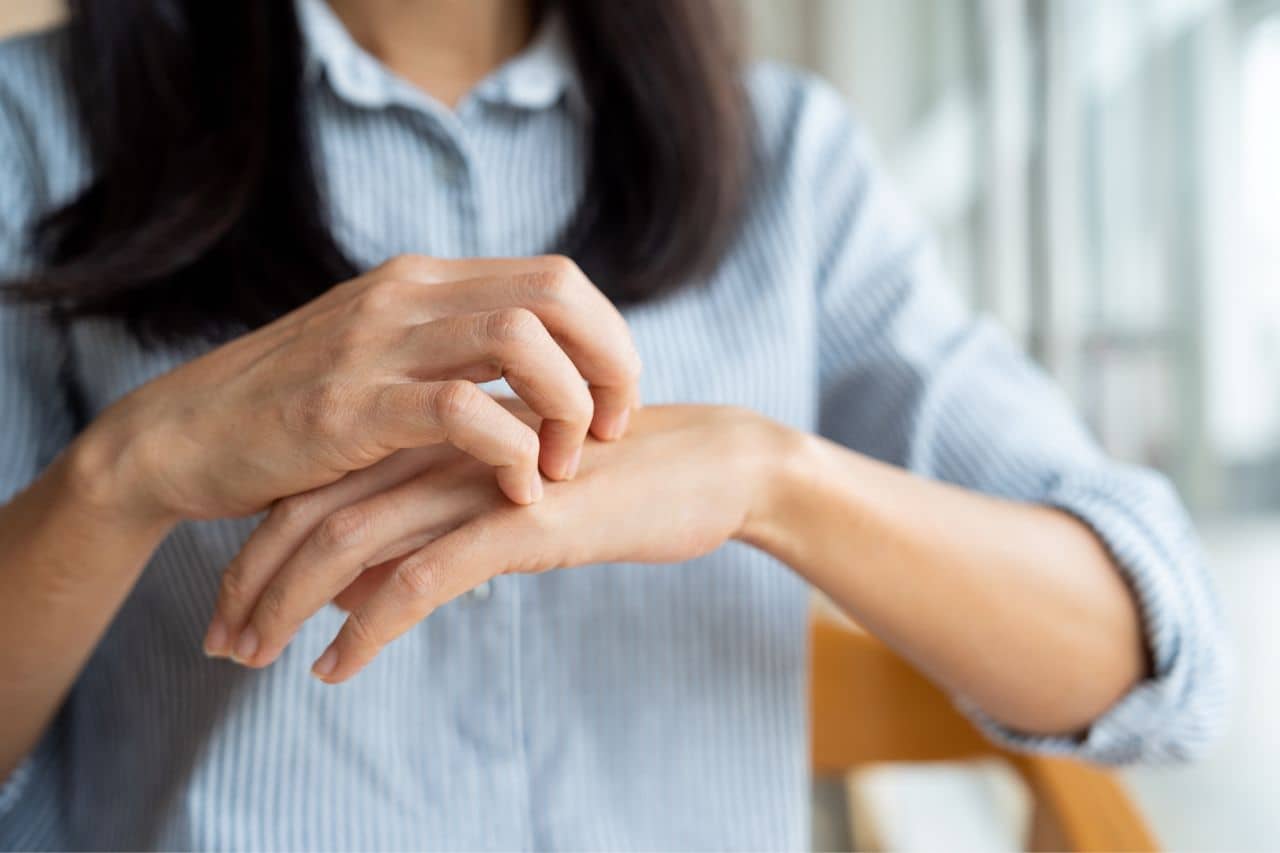What Is Stiff-Person Syndrome?

Stiff-person syndrome (also called Moersch-Woltman syndrome) is a rare autoimmune and neurological condition. Affecting approximately one person in a million, it causes rigidity (stiffness) and muscle spasms in the limbs and torso, among other physical and psychological issues.
The condition recently gained international attention when singer Celine Dion announced her diagnosis.
Stiff-Person Syndrome Symptoms
Stiff-person syndrome gets its name from the muscle stiffness it causes. However, the condition can also produce:
- Debilitating pain
- Chronic anxiety
- Broken bones and dislocated joints from particularly strong muscle spasms
- Difficulty using the legs, arms, or any affected muscles (including the vocal cords, as in Celine Dion’s case)
- Altered posture
Stiff-person syndrome symptoms can develop at any age but are most common between 30 and 60. They can occur randomly or be triggered by emotional distress, environmental stimuli such as loud noises, or even light physical touch.
The condition typically starts with stiffness in the muscles of the trunk. Over time, patients develop rigidity in their leg muscles and others around the body.
What Are the Risk Factors for Stiff-Person Syndrome?
Researchers aren’t sure what causes stiff-person syndrome. But evidence suggests it’s an autoimmune disorder — a condition where your body mistakenly attacks its own healthy cells.
Studies have found that people with stiff-person syndrome have antibodies that attack an enzyme called glutamic acid decarboxylase (GAD), which is needed to produce a neurotransmitter called gamma-aminobutyric acid (GABA). GABA plays a vital role in controlling muscle movement.
People with stiff-person syndrome also typically have fewer antibodies associated with a protein called amphiphysin. It’s involved in helping nerve cells communicate with one another. Still, it’s unclear what causes stiff-person syndrome to develop or worsen.
Data indicates that the condition is more common in people with autoimmune disorders like diabetes, vitiligo, thyroiditis, and pernicious anemia. It’s also seen more in those with specific cancers, including Hodgkin’s lymphoma and lung, kidney, breast, thyroid, and colon cancers.
Approximately twice as many women as men develop stiff-person syndrome.
Diagnosing and Treating Stiff-Person Syndrome
Stiff-person syndrome symptoms are similar to other conditions like multiple sclerosis, muscular dystrophy, and tetanus. Consequently, diagnosing the syndrome involves multiple tests to rule out other causes. This includes blood tests, electromyography, and lumbar puncture (also known as a spinal tap).
Stiff-person syndrome can’t be cured. Instead, treatment focuses on managing the symptoms with various medications to decrease muscle stiffness, reduce spasms, and control pain. Doctors also prescribe treatments involving intravenous immunoglobulin (IVIG), rituximab, plasmapheresis, and autologous stem cell transplants.
Non-medical interventions like massage, physical therapy, acupuncture, and heat therapy can also be helpful when used in conjunction with medications.
Talk with Your Baptist Health Physician About Stiff-Person Syndrome
If you experience symptoms like those listed for stiff-person syndrome, talk with your Baptist Health physician. They can order tests to determine what’s causing your symptoms and prescribe treatment to help manage the condition and minimize your symptoms. They can also refer you to a specialist, such as a neurologist, if appropriate.
If you don’t yet have a Baptist Health doctor, you can find one near you using our online provider directory.
Next Steps and Useful Resources
Find a Provider
Types of Autoimmune Diseases and Symptoms
What is a Spinal Tap?
Acupuncture vs Dry Needling



